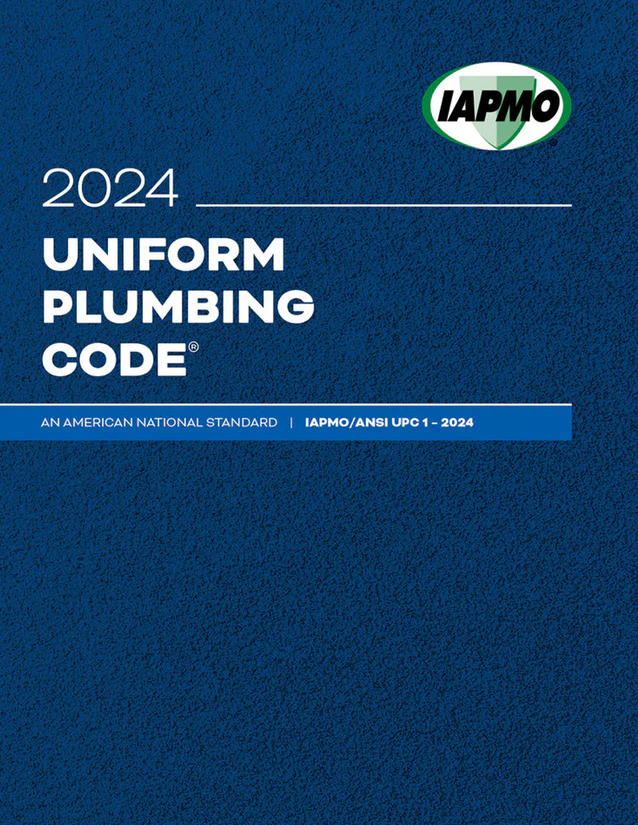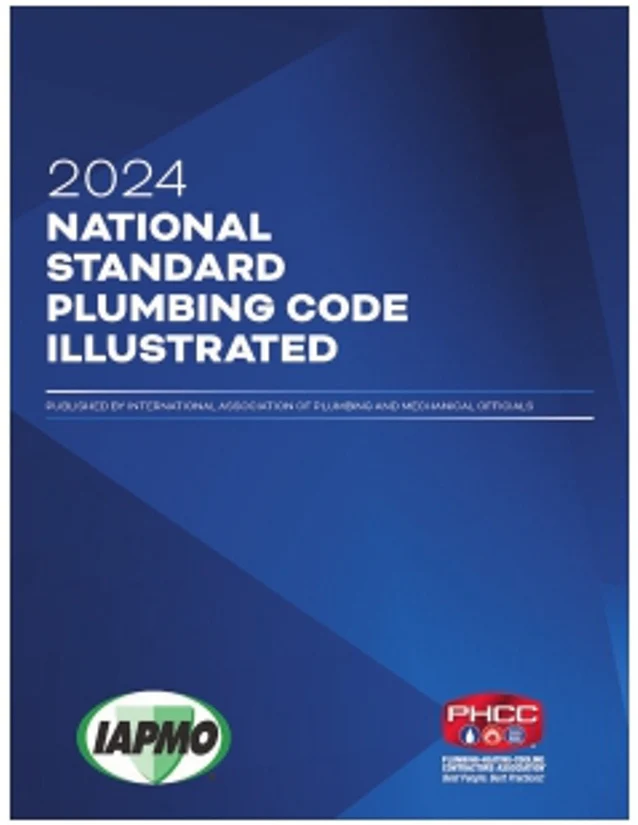Small Uniform Plumbing Code change brings great positive impact
It's the Little Things

As a senior plumbing and mechanical inspector for the City of San Francisco I enforce the California Plumbing Code, (California adopts by incorporation, and amends the Uniform Plumbing Code, hereinafter CPC and UPC). Over the years, I have consistently been asked the question of how an owner can have a contractor install a “curbless shower” while at the same time meeting the requirements of the current CPC/UPC.
It seems as though many families want to follow the lead of our European counter parts and install showers sans curbs, dams, or thresholds. Or, on a more practical note, our aging population is adjusting to changes brought on by the aging process.
Looking as far back as the 2006 UPC, Section 411.6 stated, “Each shower receptor shall be an approved type and be so constructed as to have a finished dam, curb or threshold that is at least one (1) inch lower than the sides and back of such receptor. In no case shall any dam or threshold be less than two (2) inches or more than nine (9) inches in depth when measured from the top of the dam or threshold to the top of the drain.” California adopted this language without amendment.
So, when an owner wanted to install a curbless shower the San Francisco Plumbing Inspection Division attempted to accommodate the property owner and comply with the intent of the Plumbing Code, (a difficult task at times). In an effort to assist the property owner, San Francisco created a handout, as did many other jurisdictions, complete with several possible scenarios to assist owners, contractors and inspectors with the installation and inspection of the proposed curbless showers, while at the same time, meeting the intent of the current Code. Meeting the intent of the Code, per the pre 2012 UPC and the 2013 CPC meant that a minimum of a two-inch separation between the finish of the shower drain and the finish of the shower curb/threshold/dam was maintained. This was not always an easy accomplishment.
An installer could recess the drain body in a trough or provide some other approved creative method to provide this minimum separation. Many a frustrated contractor attempted to membrane the entire shower room floor in an effort to gain the minimum separation while sloping the floor at ¼” per foot. The more cavalier contractors would attempt the same method by using ½” per foot slope due to a smaller available shower room area.
The problem with the 1/4” per foot slope was the shower “area” became the majority of the bathroom, while the ½” per foot slope often created a virtual slipping hazard. Remember, the minimum shower area is 1,024 square inches per the CPC/UPC and 900 square inches per the IRC/IPC. Those that requested a full shower room membrane were inundated with floor penetration issues, i.e. the penetration for a water closet, tub or bidet not to mention issues brought on by the National Electrical Code and the location and type of outlets allowed or required within the confines of the membrane area.
However, with writing of the 2012 UPC, its issuance, and California’s adoption of the 2012 UPC, thereby becoming the 2013 California Plumbing Code a multitude of problems, issues and unhappy contractors and homeowners have gone by the wayside.
If one is to look at the 2012 UPC/2013 CPC language found in sections 408.5 of Codes the sections now state, “408.5 Finished Curb or Threshold. Where a shower receptor has a finished dam, curb, or threshold it shall be not less than 1 inch (25.4 mm) lower than the sides and back of such receptor. In no case shall a dam or threshold be less than 2 inches (51 mm) or exceeding 9 inches (229 mm) in depth where measured from the top of the dam or threshold to the top of the drain.”
The minor removal of the word “Each” and the addition of the word “Where” has had a major impact on our industry. The amazing nature and proper use of language and the subtleness of the deletion of one word and the substitution of another has redefined showers and shower rooms in all states which adopt the UPC and certainly California who adopts and amends the UPC. Not to mention the City of San Francisco, our Plumbing Inspection Division, contractors, architects, designers and property owners.
To call the change discussed above “word smithing” is an injustice to the men and women working with and/or for IAPMO, many of whom are unpaid volunteers serving on Code-related committees. This is exactly the type of work that can only be created by knowledgeable professionals working collectively for the betterment of the built environment and that work is appreciated by this Code official.
I thank you all for your diligence, dedication and collaborative efforts in making this headway in a dynamically and difficult area.
"This article was originally posted on ww.reevesjournal.com."
Looking for a reprint of this article?
From high-res PDFs to custom plaques, order your copy today!







